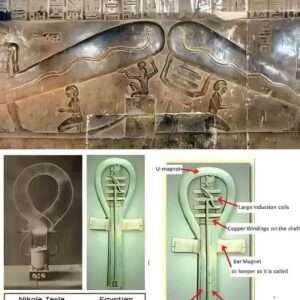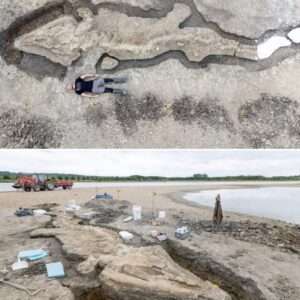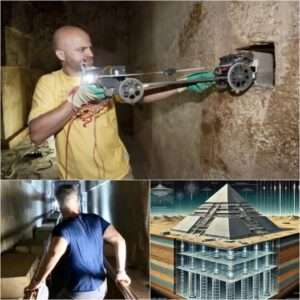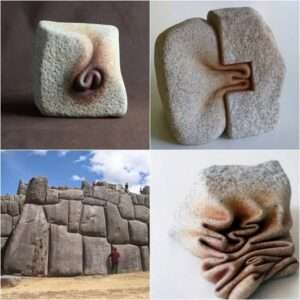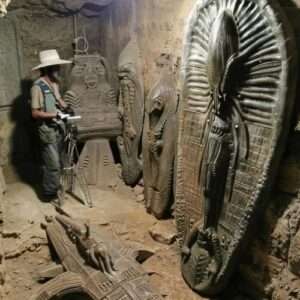The Tunnel of Hezekiah, also known as Hezekiah’s Tunnel or the Siloam Tunnel, is a remarkable archaeological and engineering marvel located in Jerusalem, Israel. Dating back to around 701–681 BC, this tunnel was a strategic response to the looming threat of an Assyrian siege on Jerusalem during the reign of King Hezekiah. Its primary purpose was to redirect water from the Gihon Spring outside the city walls into the Pool of Siloam within the fortified city, ensuring a secure water supply for the residents.

What truly sets this tunnel apart is the fact that it was hand-dug over a distance of approximately 533 meters (1,749 feet) from two separate starting points which eventually met in the middle. The absence of modern technology makes this accomplishment even more impressive, highlighting the ingenuity and skill of the ancient engineers and laborers involved in its construction.
The archaeological findings within the tunnel offer valuable insights into the meticulous planning and execution of this ambitious project. The inscriptions discovered along the tunnel’s walls provide a glimpse into the coordination between the two teams of workers who began digging from opposite ends. Despite the primitive tools at their disposal, these ancient laborers managed to navigate through solid rock with remarkable precision, eventually achieving a successful meeting point at the center of the tunnel.

As visitors explore the winding and narrow passage of Hezekiah’s Tunnel, they are struck by the varying heights and widths of the tunnel, further adding to its enigmatic charm. The architectural nuances and the sheer effort put into carving out this underground waterway centuries ago continue to captivate historians, archaeologists, and tourists alike.
The Tunnel of Hezekiah stands as a testament to the resourcefulness and determination of early civilizations faced with challenges such as water management and strategic defense. Its enduring presence serves as a tangible link to a pivotal moment in Jerusalem’s history, where technology may have been rudimentary, but the human spirit of innovation and perseverance proved to be boundless. Today, this ancient tunnel stands as a living testament to the incredible feats achieved by our predecessors, reminding us of the enduring legacy of human ingenuity and craftsmanship.
